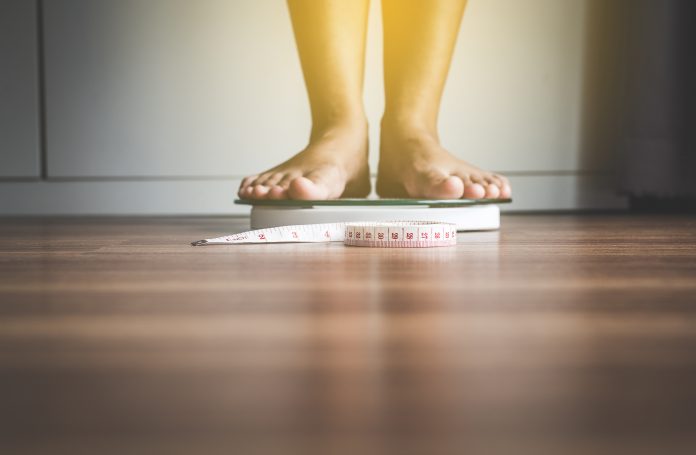New data from SiSU Health has confirmed that since March last year Australians have experienced a significant rise in weight gain during lockdowns and related restrictions.
Taken from digital health checks and completed via SiSU’s health stations across Australia during the Covid-19 period, the data analysis shows that since March 2020 the cohort using the health stations became heavier, experienced increased rates of hypertension and smoked more.
During the same period, SiSU passed a significant milestone, recording its 3 millionth health check since 2016. The de-identified data, gathered via the 300 health stations located at Priceline Pharmacy stores and other corporate settings, is the largest volume of longitudinal, machine-measured, self-reported health data, including blood pressure and body mass index (BMI), in Australia.
“By way of comparison, the volume of data generated is 30 times larger than Australia’s National Health Survey for the same collection period. So, the result is substantial – it should supercharge a national conversation about the state of our collective health and feed into preventive health strategies,” says SiSU Health Founder and Managing Director, Dr Noel Duncan.
“The significant rise in weight gain during lockdowns and related restrictions, and the long-term implications should be a matter for discussion between patients and their doctors,” says Dr Duncan.
As part of its ground-breaking analysis of population health and risk profiles of Australians, the SiSU Health Covid-19 data revealed the following key findings:
▪ SiSU’s cumulative net weight trend curve moved into the red zone of net weight gain, breaking historical and seasonal patterns for the first time.
▪ Net average weight gains were measured across all BMI bands but people in the top and bottom bands experienced the greatest weight gains as a percentage of their total weight.
▪ Whilst the pattern of net weight gains peaked during winter 2020, the trend has continued to the present day as Australians enter winter 2021.
▪ The number of people within the same micro cohort who recorded high blood pressure grew by 18.4% during the Covid lockdown period.
Overall, the health risk profiles generated from the stations demonstrate a new and real-time way to identify and engage with individuals with an elevated risk of hospitalisation or death.
“The health stations have triggered more than 600,000 recommendations for members to consult their GPs. This is exactly as it should be – free access to personal health data which enables individuals to take the action they need.
“Not everyone can afford an Apple Watch or a Garmin. And all Australians have the opportunity to learn more about their health and the simple steps they can take to improve health outcomes. This is a major driver for us and our partners,” says Dr Duncan.









